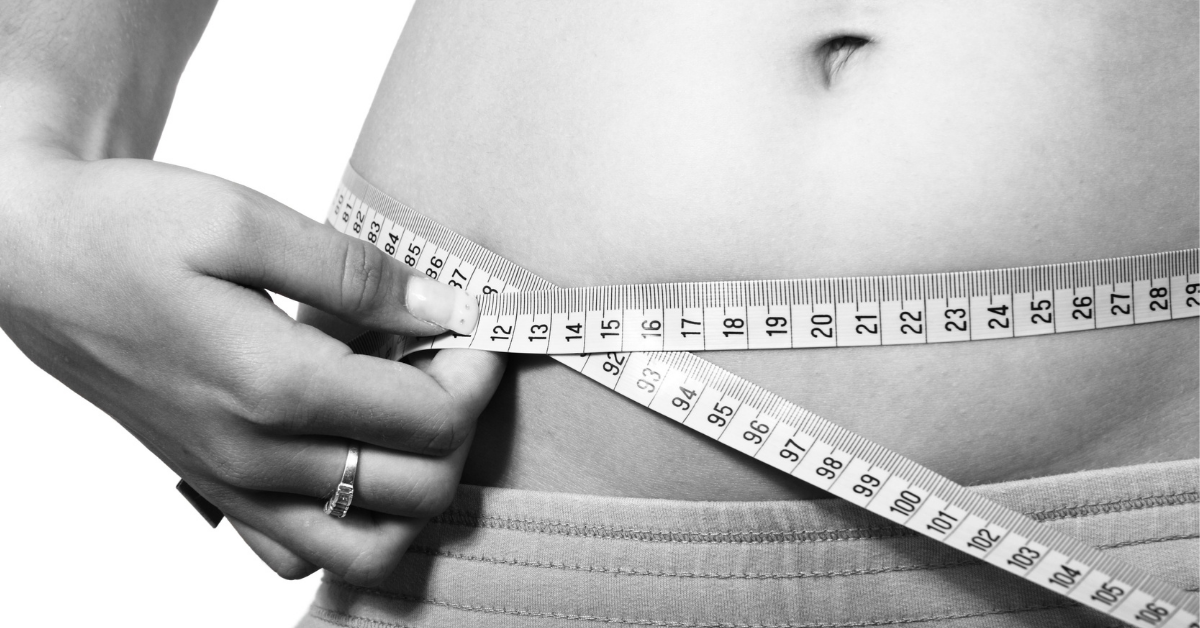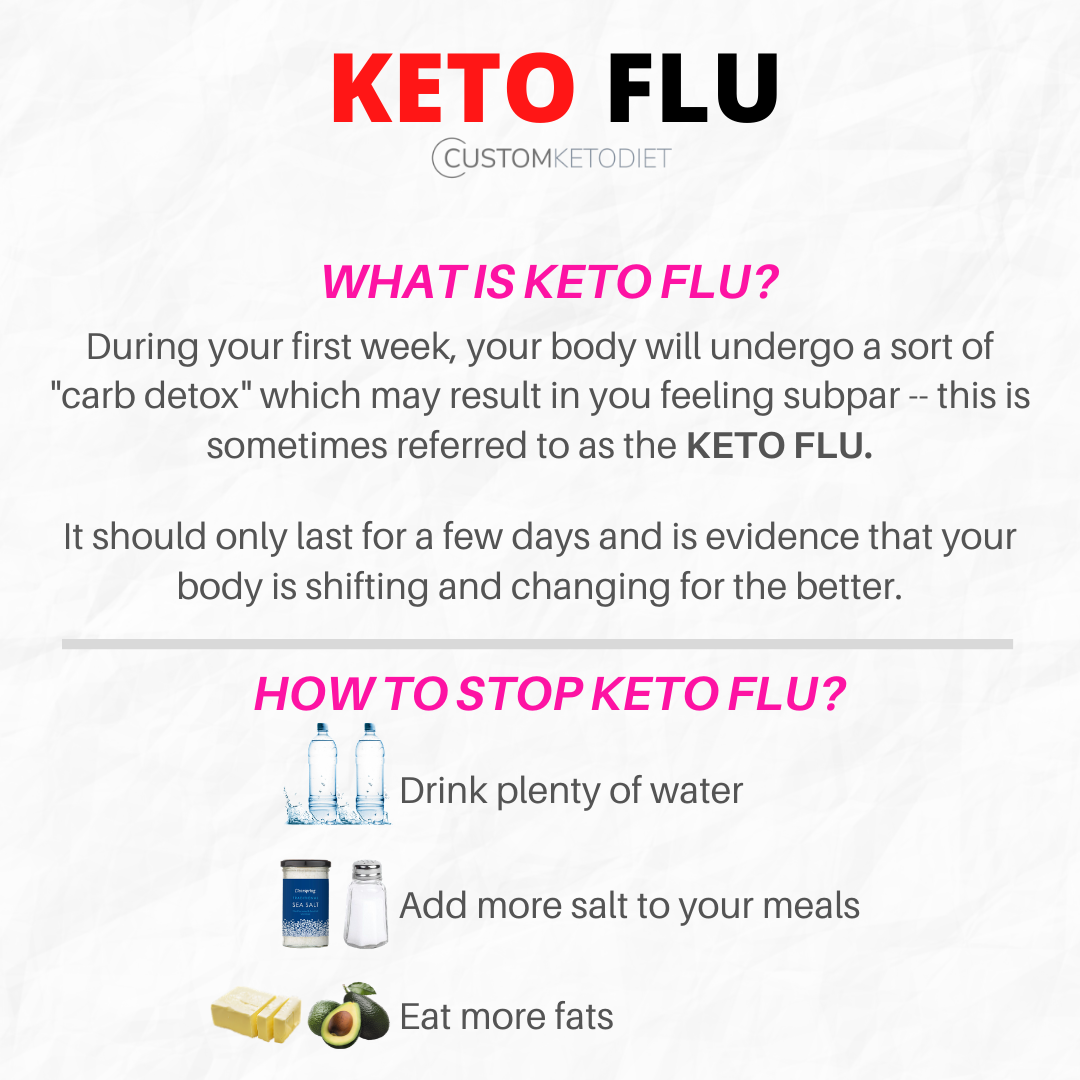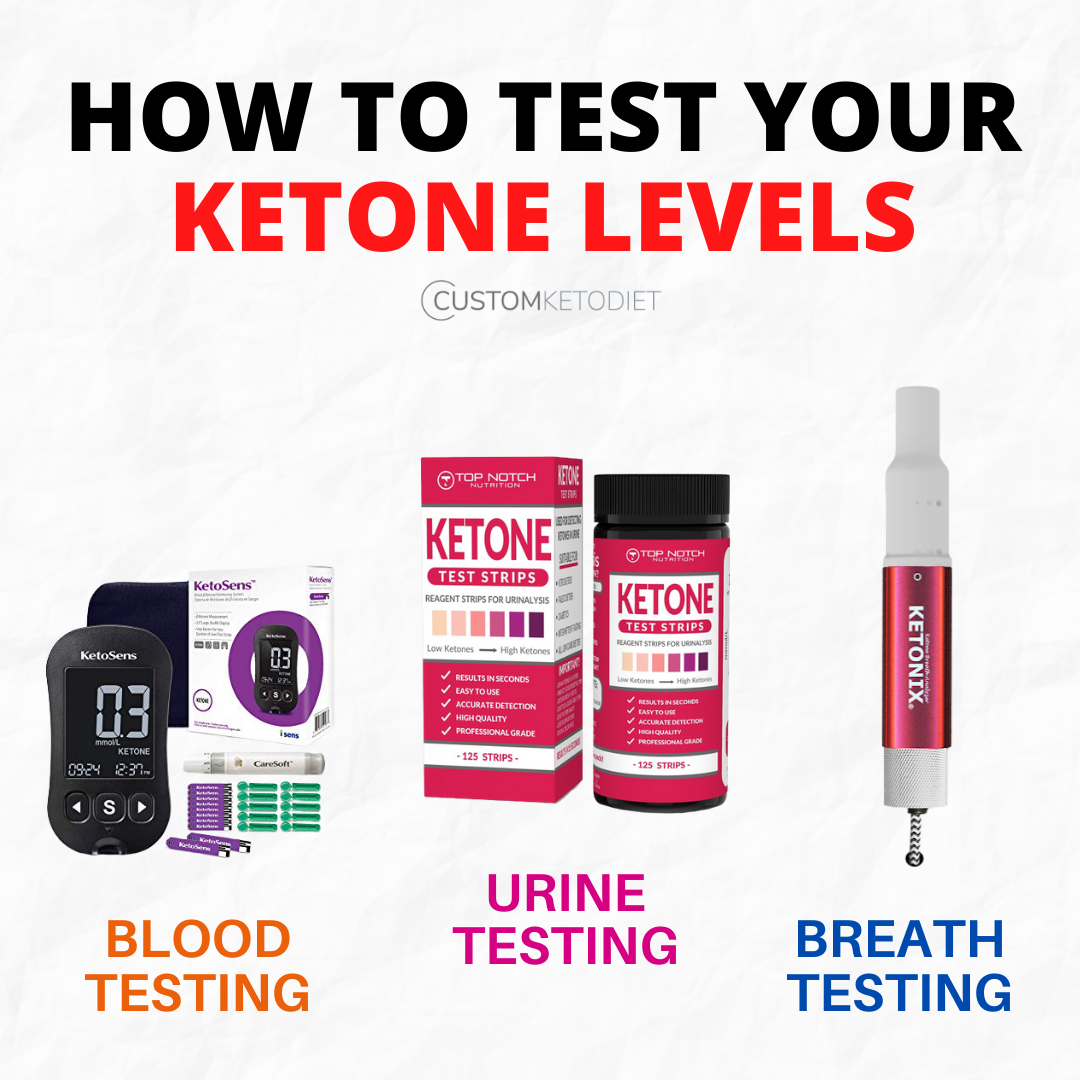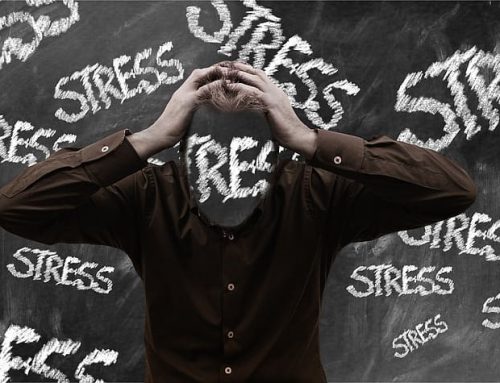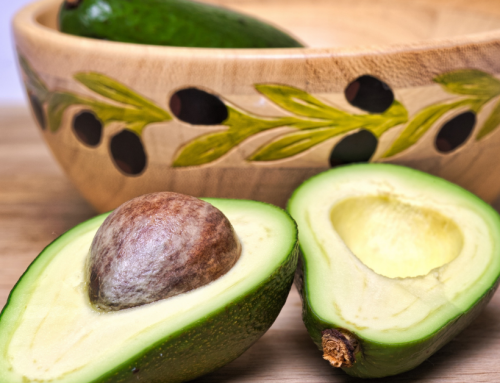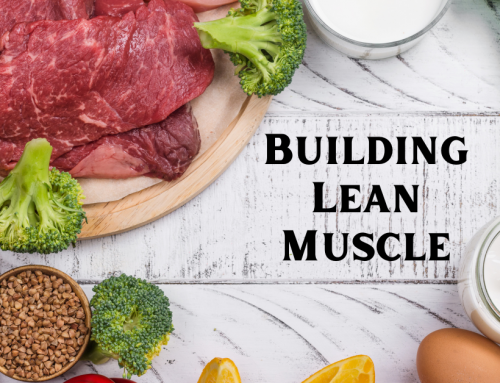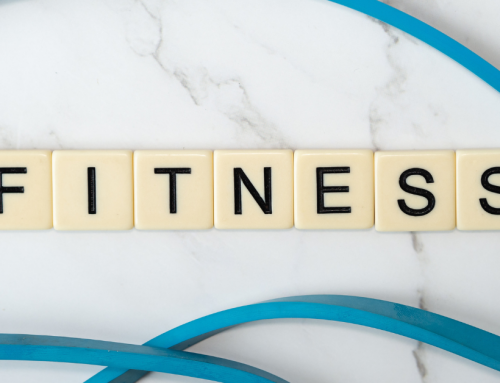Keto: Day 1 – 5
If you are following this radical change in diet, you will want to know about these first five days of keto!
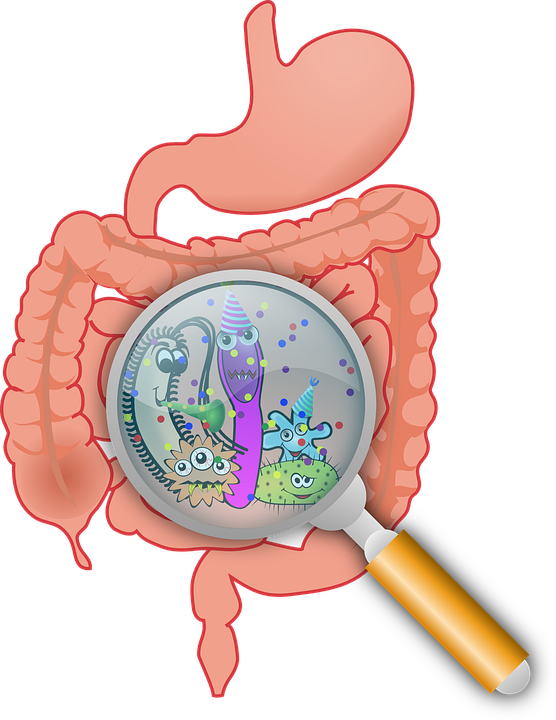
What happens internally when you start a keto diet?
There are so many reasons to change one’s diet. Some have medical reasons, others change for vanity. The plethora of diet plan options available can be overwhelming. Some diets require your calorie count to go as low as 500 calories a day, others require people to eat an exorbitant amount of protein and fit it all in within a 16 hour period of time (bodybuilding). There are crazy things out there, juice cleanses, water fasts, cabbage soup diets, cayenne pepper, and lemon water detox. It is important to stay diligent about what you choose and what your goals are.
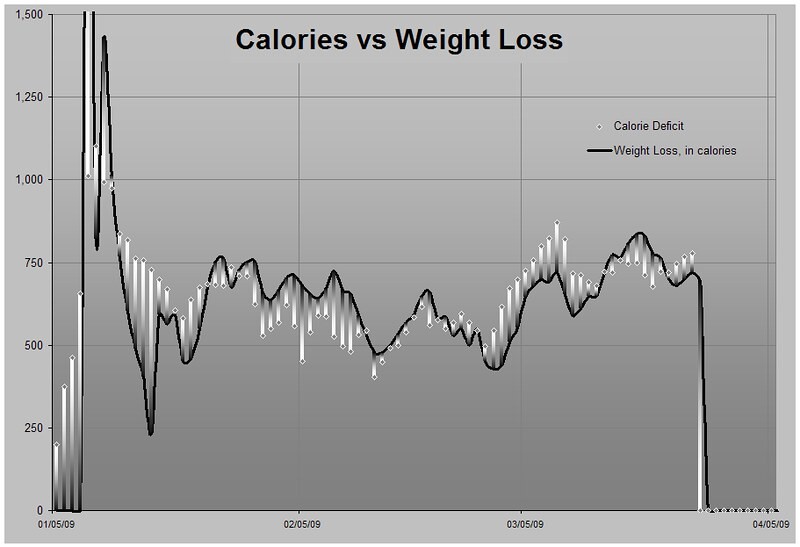
These extreme dieting techniques will yield results, you will drop pounds off your body. However, these diets and practices contradict the purpose of dieting.
The actual definition of diet is:
The kind of food that a person, animal, or community habitually eats.
This definition clearly states that diet does not mean cutting your calories to 500/day or restricting yourself from certain things because you had a binge the previous day. Diet does not mean you owe yourself 3 hours of cardio to earn a piece of cake. This is about our relationship with food. It’s more important to build a positive relationship with food that will bring lifelong benefits. This positive relationship starts by understanding what happens inside of our bodies when we eat.

Diet means that you eat what humans are meant to eat. Things like vegetables that grow from the ground and fruits that blossom on trees and bushes, animals that swim in the ocean and fly in the sky, and exist in nature. These are the things that the human machine was meant to eat.

Humans are at the top of the food chain for a reason. The reason was not to consume processed “whole wheat” that lacks the nutrients of actual whole wheat grain. Also, we are not meant to digest processed sugary bread, cereals, breakfast bars, and yogurts multiple times a day and call it “healthy.” At the foundation of many and most people’s food problems is processed sugar. In addition, most people do not understand how much they are actually eating or the damage it is causing.
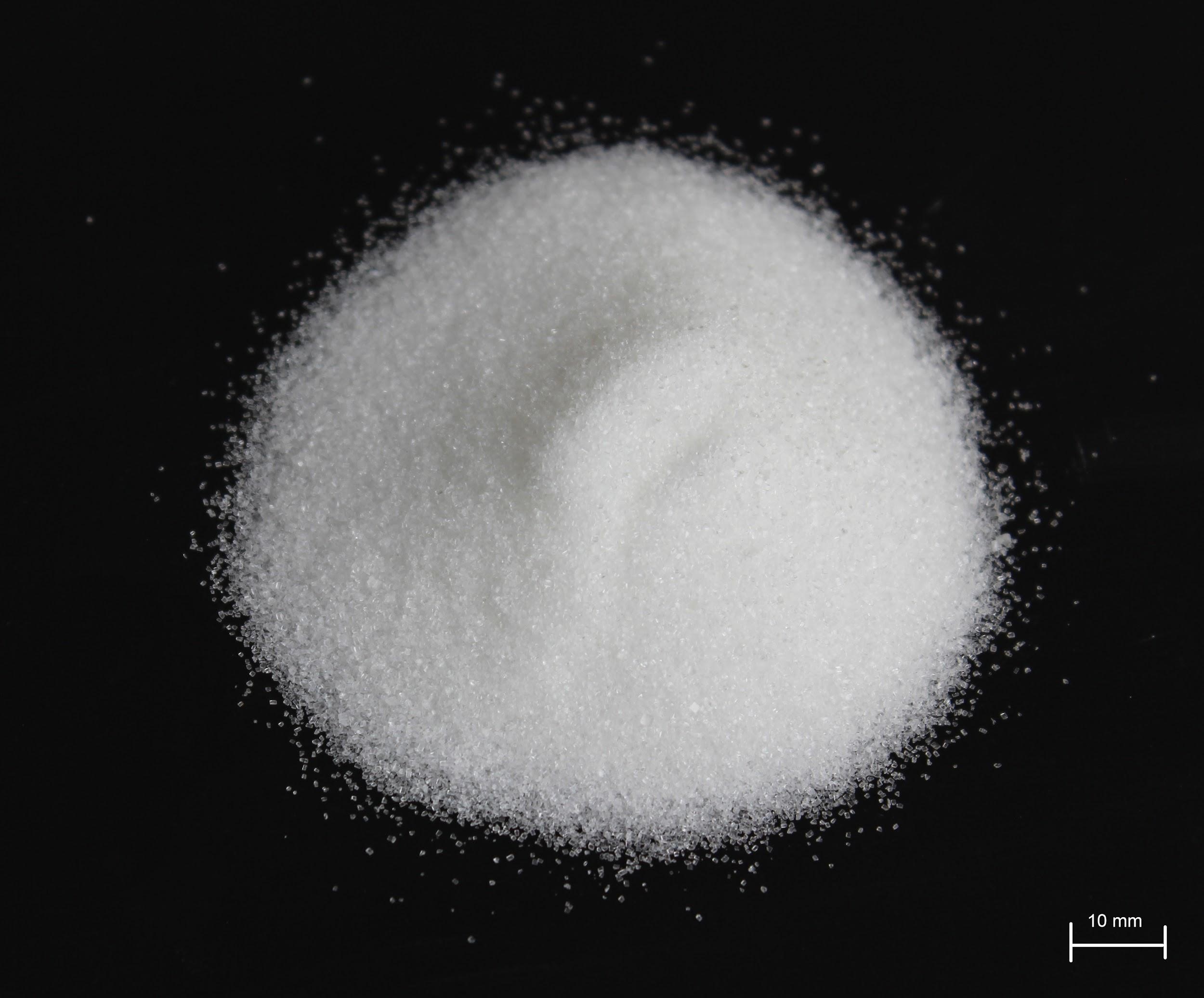
Inside our body exists a biome called the gut. Our digestive systems, cardiorespiratory systems, musculoskeletal systems are all fueled by what our gut processes and sends out to every cell in our bodies. Another important muscle and fatty cell mass is our brain. Taking care of our brain through proper nutrition is not always a priority throughout our lives. When we eat, this is the path food takes:
What Happens Inside Your Bodily Systems When You Eat?
As food moves through your GI tract, your digestive organs break the food into smaller parts using:
Mouth. The digestive process starts in your mouth when you chew. Your salivary glands make saliva, a digestive juice, which moistens food so it moves more easily through your esophagus into your stomach. Saliva also has an enzyme that begins to break down starches in your food.
Esophagus. After you swallow, peristalsis pushes the food down your esophagus into your stomach.
Stomach. Glands in your stomach lining make stomach acid and enzymes that break down food. Muscles of your stomach mix the food with these digestive juices.
Pancreas. Your pancreas makes a digestive juice that has enzymes that break down carbohydrates, fats, and proteins. The pancreas delivers the digestive juice to the small intestine through small tubes called ducts.
Liver. Your liver makes a digestive juice called bile that helps digest fats and some vitamins. Bile ducts carry bile from your liver to your gallbladder for storage, or to the small intestine for use.
Gallbladder. Your gallbladder stores bile between meals. When you eat, your gallbladder squeezes bile through the bile ducts into your small intestine.
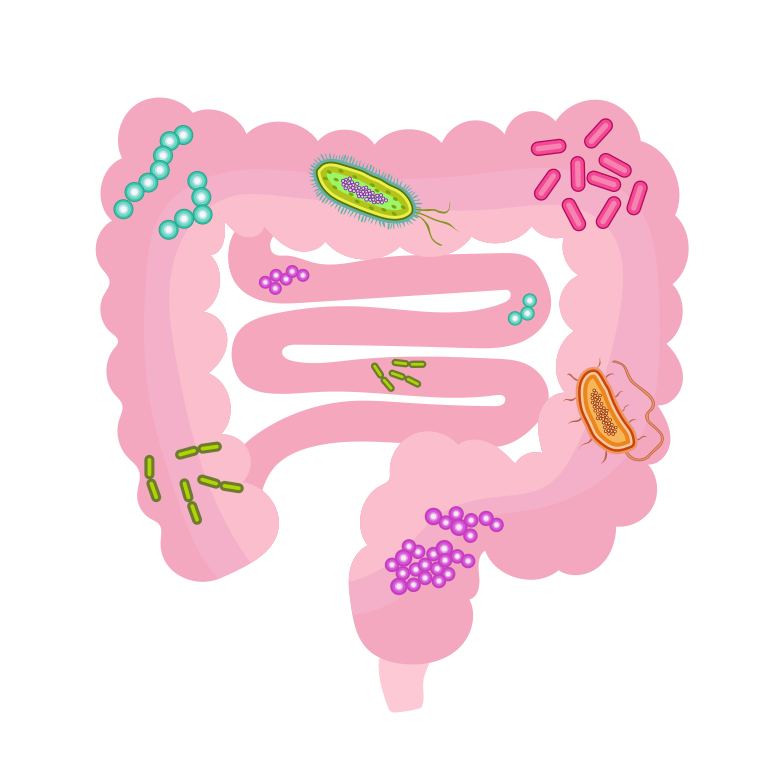
Small intestine. Your small intestine makes digestive juice, which mixes with bile and pancreatic juice to complete the breakdown of proteins, carbohydrates, and fats. Bacteria in your small intestine make some of the enzymes you need to digest carbohydrates. Your small intestine moves water from your bloodstream into your GI tract to help break down food. Your small intestine also absorbs water with other nutrients.
Large intestine. In your large intestine, more water moves from your GI tract into your bloodstream. Bacteria in your large intestine help break down remaining nutrients and make vitamin K NIH external link. Waste products of digestion, including parts of food that are still too large, become stool.
What happens to the digested food?
The small intestine absorbs most of the nutrients in your food, and your circulatory system passes them on to other parts of your body to store or use. Special cells help absorbed nutrients cross the intestinal lining into your bloodstream. Your blood carries simple sugars, amino acids, glycerol, and some vitamins and salts to the liver. Your liver stores, processes, and delivers nutrients to the rest of your body when needed.
The lymph system NIH external link, a network of vessels that carry white blood cells and a fluid called lymph throughout your body to fight infection, absorbs fatty acids and vitamins.
Your body uses sugars, amino acids, fatty acids, and glycerol to build substances you need for energy, growth, and cell repair.
How does my body control the digestive process?
Your hormones and nerves work together to help control the digestive process. Signals flow within your GI tract and back and forth from your GI tract to your brain.
Hormones
Cells lining your stomach and small intestine make and release hormones that control how your digestive system works. These hormones tell your body when to make digestive juices and send signals to your brain that you are hungry or full. Your pancreas also makes hormones that are important to digestion.
Nerves
You have nerves that connect your central nervous system—your brain and spinal cord—to your digestive system and control some digestive functions. For example, when you see or smell food, your brain sends a signal that causes your salivary glands to “make your mouth water” to prepare you to eat.
You also have an enteric nervous system (ENS)—nerves within the walls of your GI tract. When food stretches the walls of your GI tract, the nerves of your ENS release many different substances that speed up or delay the movement of food and the production of digestive juices. The nerves send signals to control the actions of your gut muscles to contract and relax to push food through your intestines.
The First Five Days Of Keto and Recipes That Help Ease You Through It
DAY 1
On your first day on keto, you’ll probably feel fine. What causes the most struggle during that first day (the first few days, really) is figuring out your macro ratios and what it actually looks like to eat 75% fat.
It’s a big change for most people compared to the Standard American Diet. Keeping your protein low (around 15%) can be tricky too, especially if you’re used to eating lean meats.

You’ll quickly learn that your options are to:
- Eat a very small amount of animal protein
- Pick fattier cuts.
Here are some Pro Tips:
- The day before you start, boil 18 eggs, cut up celery stalks, mushrooms, to-go tuna pouches.
- Plan easy recipes like Keto Sushi Rolls with Smoked Salmon
- Eat a lot of vegetables this week to stay regular, discomfort should be avoided at all costs.
- Drink electrolyte water throughout the day.
DAY 2
You might not feel your best today – typically, the second day is the beginning of what is known as the “carb flu/keto flu”
The carb flu is the experience of flu-like symptoms that come from your body being starved of carbohydrates. Your body is hard at work figuring out how to keep going without glycogen (pancreas and liver are engaged).
Some symptoms you may begin to experience are headaches, fatigue, muscle aches, nausea, brain fog, and irritability. If you find yourself suffering today, remember that this is usually temporary, normal, and it’ll soon pass!
Here are some pro tips for staying on track with food:
- Enjoy the mental clarity and start thinking of this way of eating as fuel for your brain.
- Eat fruits (strawberries, blueberries, blackberries) as your carb macros this day, it will help you tolerate the cut from sugar.
- Meditate, take some Magnesium to help keep your nerves calm.
- If you are a chicken lover here are six different keto chicken recipes to give you something to look forward to every single night.
DAY 3
Buckle up. This will probably be the worst carb-flu day you experience. Your body is realizing it’s not getting carbs anymore, and the transition process to begin breaking down fats for fuel can feel brutal at first.
Be really gentle to yourself during these days of your keto transition – there is no need to exercise if you’re feeling lethargic or nauseous. Try to keep activity to a minimum, and if you can, minimize how much work you have to do, too.
Here are some pro tips that will help your transition:
- If you work from home, enjoy that you are at home experiencing lethargy or nausea.
- Have frequent snacks to wart off the rebalancing act that your body is trying to accomplish.
Drink some teas that have antiinflammatory and balancing effects like green tea, ginger tea, or turmeric tea.
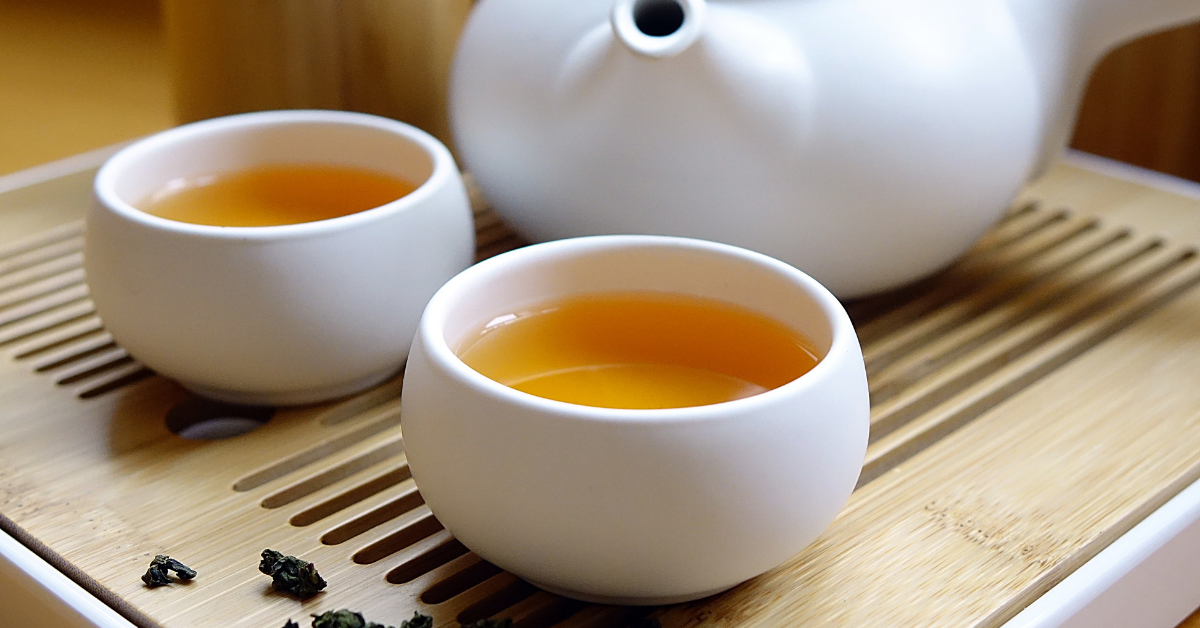
DAY 4
You can see some light on the other side! Today should be a better day than yesterday. Your body is getting used to running off of fats for fuel, and the worst of the transition process is behind you.
It’s normal to continue feeling slight fatigue and malaise, so don’t be discouraged. Use your newfound energy to meal prep for the upcoming week, as preparation is your key to success during your first few days.
If you need some help, tag in our local chefs to cook some of your keto meals (order by Thursday at midnight to get your meals Monday morning).
DAY 5 – 7
Towards the end of the first week, you’re likely hitting your groove. By now, you have an understanding of what it looks and feels like to eat a diet that’s 70-75% fat and very low carbohydrate, and entering your food into My Fitness Pal should be much speedier than it was in the beginning. Look at you go, keto rockstar!
You may not have officially hit ketosis yet, but you’ll know if you’re close based on where your ketone levels read (thanks to your urine or blood tests). Some people can hit ketosis in their first week, but many do not.
If you haven’t yet hit the mark, don’t worry. It’s perfectly normal to still be transitioning. Keep testing and keep the faith.

